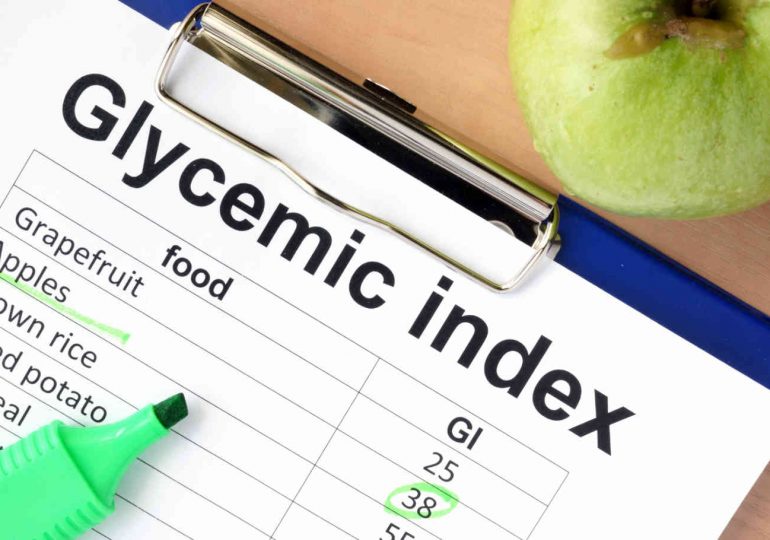
What is Glycemic Index?
The glycemic index is a tool that’s often used to promote better blood sugar management. In other words, it is a value used to measure how much specific foods increase blood sugar levels. Foods are classified as low, medium, or high glycemic foods and ranked on a scale of 0–100. The lower the GI of a specific food, the less it may affect your blood sugar levels.
Below are the three GI ratings:
Low: 55 or less
Medium: 56–69
High: 70 or above
What is Glycemic Load?
The Glycemic Load (GL) is a measure of how a carb affects blood sugar levels, taking both the type (GI) and quantity (grams per serving) into account.
The GL has three classifications:
Low: 10 or fewer
Medium: 11–19
High: 20 or more
Why GI and GL are important?
If there is a way that can cut down the medical costs of Indians and reproductive problems of Indian women by more than 90 %, it is the replacing of high Glycemic load foods with low GL foods in their diet.
In the GI & GL table below, you can see that most of the food routinely consumed by Indians has high or very high GL. The problem with a high GL diet is that the post meal insulin spike generated by it fills everything- from blood vessels to the liver- with fat. This fat accumulation happens even in thin people because it is generated by the post meal insulin spike and not by overeating. That’s why Indians are known as ‘thin fat people’.
How high GL foods cause excess body fat?
- High GL foods dump sugar into the blood in the first 2 hours after a meal, instead of releasing it slowly over a long period.
- The body responds to this surge in blood sugar by releasing a disproportionately high quantity of Insulin into the blood causing an Insulin spike
- Recurring post meal sugar surges and the insulin spikes triggered by it cause the following:
(a) Bulging Belly
(b) Low HDL level
(c) High Triglyceride level
(d) Sticky blood
(e) High BP
(f) Cell damage due to oxidative stress
(g) Premature aging due to coating of protein particles with sugar
(h) Early onset of ‘old age diseases’ like heart attack, diabetes, BP etc.
(i) Reproduction related problems among women
Here’s how we can help:
Now, you know the importance of GI and GL and it is always advisable to seek professional help while planning to make such prominent lifestyle changes.
- We help you identify foods that are causing increases in sugar levels or your insulin resistance conditions that aggravate other lifestyle ailments
- We help you modify your daily nutrition to support your medical condition and transition you into a healthy active lifestyle
Leave a comment






